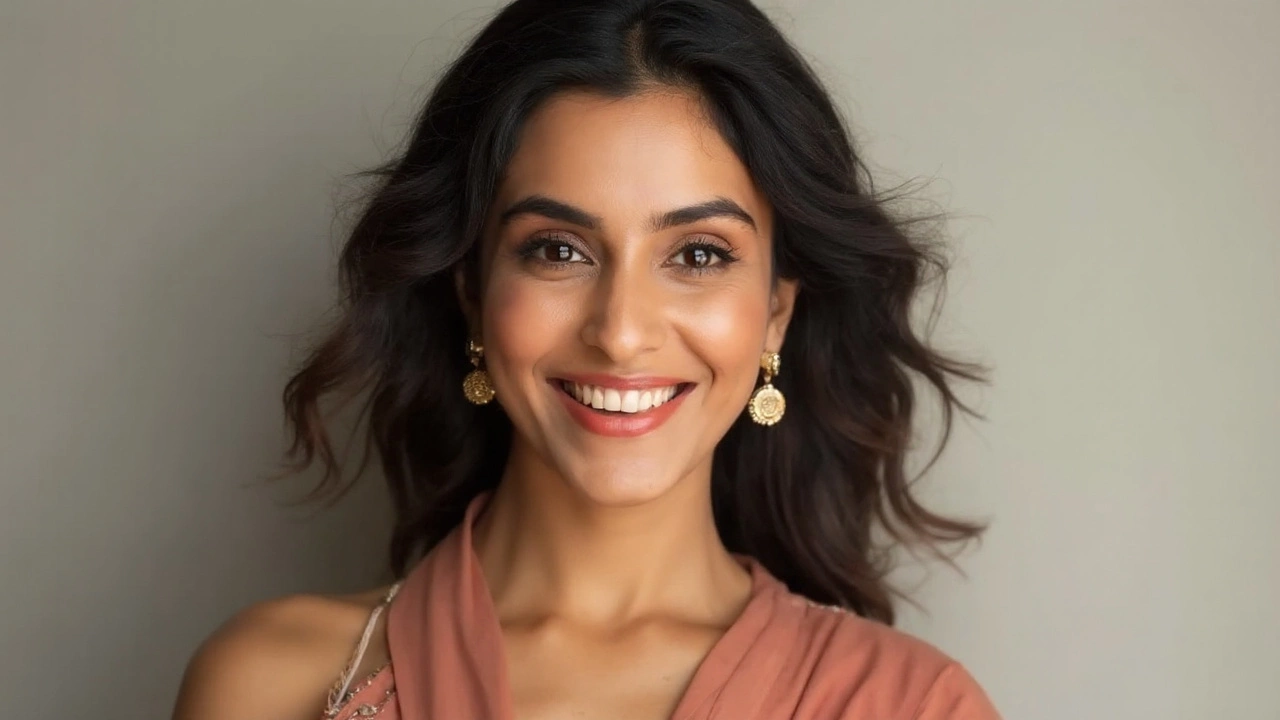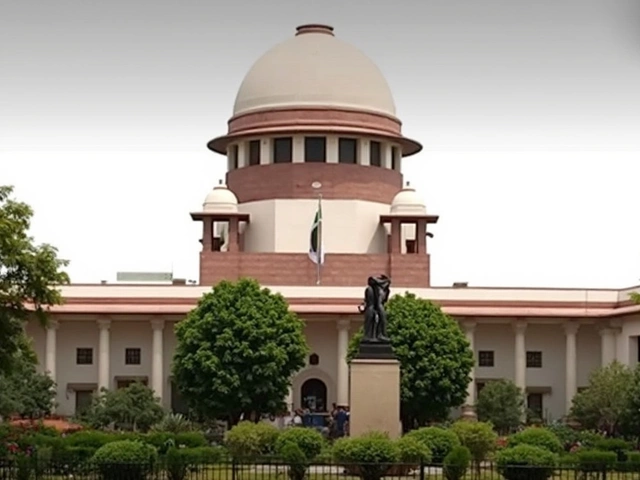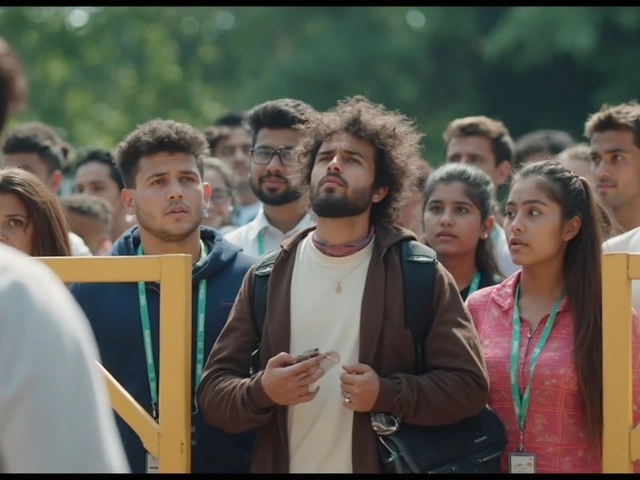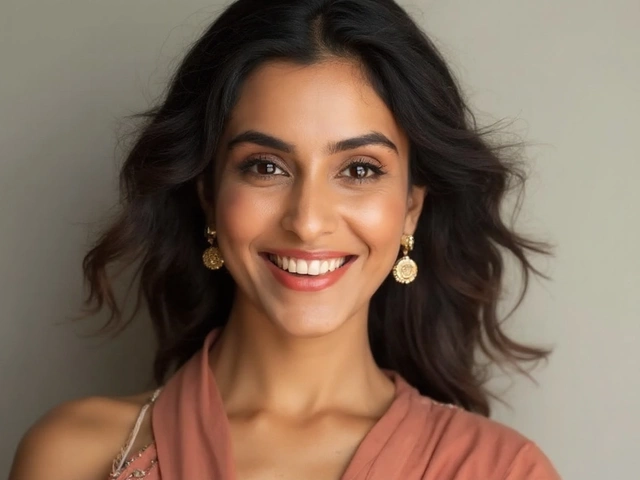Teaser release triggers a culture-war flashpoint
A 90-second teaser was all it took to turn a small indie into a national talking point. The Tamil film Bad Girl, directed by Varsha Bharath and produced by Vetri Maaran and Anurag Kashyap, dropped its first look on January 26 in Chennai—and immediately ran into a storm over how it depicts a young Brahmin woman pushing back against family rules and societal expectations.
The teaser introduces Ramya, played by Anjali Sivaraman, as a bright student from a Tamil Brahmin household who wants to make her own choices—about friendships, love, and everything that comes with growing up. Glimpses suggest college parties, alcohol, and messy relationships. Nothing unusually explicit for a coming-of-age film, but the framing—tradition versus self—was enough to spark outrage from some quarters.
Within a day, the reaction moved from private chats to public rebukes. Filmmaker Mohan G Kshatriyan, known for Draupathi and Bakasuran, posted a sharp critique on X on January 27. He accused the team of using a Brahmin girl’s private life as a “bold and refreshing” subject for the same social group they often criticize, adding: “Bashing Brahmin father and mother is old and not trendy.. Try with your own caste girls and showcase it to your own family first.” The post set the tone for a broader argument about intent, representation, and what counts as stereotyping.
The film’s official synopsis, published by the International Film Festival Rotterdam (IFFR), paints a more bittersweet picture. It describes Ramya’s journey from high school to the wider world, and the obstacles she faces—strict parents, social norms, unreturned love, and the messiness inside her head—framed as a “naughty and affecting comedy.” That’s a far cry from the caricature critics fear, but until the full film screens, perceptions will be driven by a minute-and-a-half of edited moments.
Shanthi Priya, who appears in a key role, stepped in on January 29 to defend the project. In a long post on X, she argued that the film isn’t an attack on any community but a story meant to start conversations. “Art is a medium of expression,” she wrote. “Portraying the life of a Brahmin girl (or anyone from a particular community) is not about bashing but about storytelling—presenting raw, authentic characters that represent reality.” Her message was deliberate: don’t judge a book by its cover, or in this case, a movie by its teaser.
The clash is playing out on familiar ground. Indian films that explore religion, caste, or community codes routinely face pushback long before release. Some viewers frame the debate around “respect” and “misrepresentation,” while others argue for freedom to critique power structures and social expectations. That line is even finer in Tamil cinema, where questions of caste and class are not academic—they’re lived realities that show up in language, marriage, work, and politics.
Producers Vetri Maaran and Anurag Kashyap are lightning rods in this space. Vetri Maaran’s work—Visaranai, Asuran—often looks unflinchingly at caste violence and systemic abuse. Kashyap has spent years backing new voices and uncomfortable stories, from Gangs of Wasseypur to smaller indie debuts. Their names attached to Bad Girl dial up expectations and suspicion at the same time: fans anticipate a bold narrative, critics brace for another fight over “who gets represented how.”
Director Varsha Bharath hasn’t publicly answered the criticism yet. The team appears focused on the film’s international bow: a world premiere in IFFR’s Tiger competition on January 31. That slot matters; Tiger is known for spotlighting distinctive early-career voices and risk-taking storytelling. A warm reception there could shift the conversation at home, or at least broaden it beyond the 90-second teaser.
What’s behind the outrage—and what happens next
Strip the noise and you’ll find a straightforward tension. One side sees a pattern of “Brahmin-bashing” in pop culture—rigid parents, hypocritical rules, and rebellion as the only path to growth. The other side says real life is more complicated, and avoiding a community’s uncomfortable truths is its own kind of bias. Bad Girl sits on that knife-edge: a coming-of-age story about a girl with overbearing parents will feel familiar to many; set it in a Brahmin household and it becomes a lightning rod.
It doesn’t help that teasers are designed to provoke. They tease conflict and play up the spiciest beats. Without context, a shot of a girl drinking, a scolding parent, and a charged conversation can look like judgment or mockery. With context, the same images may read as character-building—an arc from confusion and conformity to clarity and agency. Until the premiere, both readings will co-exist online.
Mohan G’s pushback isn’t out of character. His films have courted controversy for their own portrayals of caste and gender politics, and he has leaned into a constituency that wants Tamil cinema to stop stereotyping Brahmins as villains or buffoons. His X post went further by calling out Vetri Maaran and Anurag Kashyap by name, framing the film as part of a trend rather than a one-off creative choice.
Shanthi Priya’s defense aims at a broader principle: that films should be allowed to show real, imperfect people from any community without it being read as an attack on that community itself. It’s a line artists across languages keep repeating, especially when public outrage forms before anyone has seen the full work. Her emphasis on “raw, authentic characters” signals a dramedy rooted in lived contradictions rather than a polemic.
Here’s the timeline so far:
- January 26, 2025: Teaser launches in Chennai, introducing Ramya’s coming-of-age journey.
- January 27, 2025: Director Mohan G posts a critical message on X, accusing the film of negative portrayal and calling out the producers.
- January 29, 2025: Actor Shanthi Priya issues a detailed defense on X, saying the film seeks dialogue, not offense.
- January 31, 2025: World premiere set at the International Film Festival Rotterdam’s Tiger competition.
What about release in India? There’s no date yet. The film will have to clear the Central Board of Film Certification if it seeks a theatrical run. That process can be straightforward or contentious depending on the content and the board’s reading of community sensitivities. It’s common for festival versions to undergo tweaks for domestic release—anything from audio muting to scene trims or a stronger age rating.
The IFFR platform could be pivotal. A strong response from an international jury and audience sometimes reframes a film at home, giving producers leverage and viewers more patience. It can also harden opposition, especially if clips or reviews get cherry-picked to fit online narratives. That risk is baked into the modern release cycle: hype, backlash, counter-backlash—all before opening night.
The argument over Bad Girl also sits inside a longer arc for Tamil cinema. Over the past decade, directors have pushed harder on caste, class, and gender—sometimes clumsily, often bravely. Films like Pariyerum Perumal, Asuran, and Karnan brought urgent stories to the mainstream. Others triggered boycotts, FIRs, and political commentary. The pattern is familiar: bold films draw lines, social media multiplies those lines, and the industry navigates the fallout with edits, statements, and strategic silence.
It’s worth noting the limits of what we know. Outside of the IFFR blurb and the teaser, the team hasn’t released much: no full synopsis, no detailed interviews, and no Indian release plan. That vacuum leaves room for projection. Supporters see a human story framed as a cheeky comedy. Detractors see a safe target chosen for shock value. Both interpretations are guesses until audiences watch the complete film.
As for the makers, their reputations shape expectations whether they like it or not. Vetri Maaran’s name signals a gritty realism and moral seriousness. Anurag Kashyap’s label tends to attract viewers who’ll tolerate discomfort if the craft is strong. Put those together with a young director and a provocative premise, and you have a film that was probably always going to be argued about before it was seen.
Where does this go from here? Expect pressure on the marketing—future trailers may rebalance tone, showing warmth and humor rather than just flashpoints. Expect more statements from the cast and crew if the festival screens draw headlines. And expect calls for restraint and review from self-appointed watchdogs who see pop culture as a battlefield for larger social anxieties.
One practical note for viewers: teasers are designed to sell conflict, not nuance. Coming-of-age stories often make parents look rigid before they reveal their fears, and make teens look reckless before they earn wisdom. If Bad Girl follows that arc, the final reading may be less about a community and more about a character. If it doesn’t, the criticism will only grow louder.
For now, the film sits at a crossroads: an international premiere that could validate its voice, and a domestic debate that could reshape how it’s received in India. The first verdict arrives in Rotterdam. The second comes later—on the censor’s desk, in the press, and eventually, in theaters or on streaming, where actual audiences decide whether the story feels like a portrait, a provocation, or a punchline.






